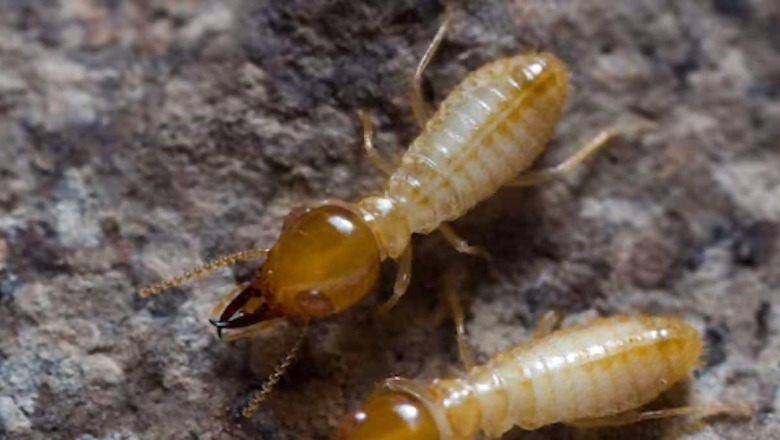
views
Scientists keep on conducting research on various types of organisms all around the world. They try to learn about the history and development of the organisms over the years. Sometimes, it becomes extremely difficult for the scientists to gather information about certain aspects of these organisms, especially breeding. Even though researchers have been putting in a lot of effort to understand the reproduction process of these extremely small organisms, they have not been able to get much information about that. Recently, a group of scientists found a 38 million-year-old fossil of an extinct species of termite. The unique part of this discovery is that the fossils of the termites were found in a strange way.
According to reports, this species used to exist on earth about 38 million years ago. A team of international researchers led by Assistant Professor Nobuaki Mizumoto of Auburn University has found this fossil. One important aspect is that the fossils were formed while they were involved in mating with each other. This will turn out to be an extremely important discovery for science, as it will help them understand their process of reproduction. The fossil is frozen in amber. Amber is the fossil of the sticky substance of the tree, which is like glue and solidifies after coming out of the tree. This suggests that the fossil was a million years old.
Reportedly, these creatures were completely preserved in the amber, which helped the termites stick together for so many years. This type of behaviour is seen in many types of insects. Scientists have revealed that mating is quite essential for these insects, as it helps them form colonies. This is mainly because, during mating, they want to establish a colony in the right place. Scientists have said that information about such behaviour proves to be very useful and important for the study of living organisms.
In order to validate their findings, the team of scientists conducted experiments replicating the immobilisation process in a laboratory setting using modern-day termites. They found that the present day termites had a more mobile movement while mating as compared to the extinct species.




















Comments
0 comment